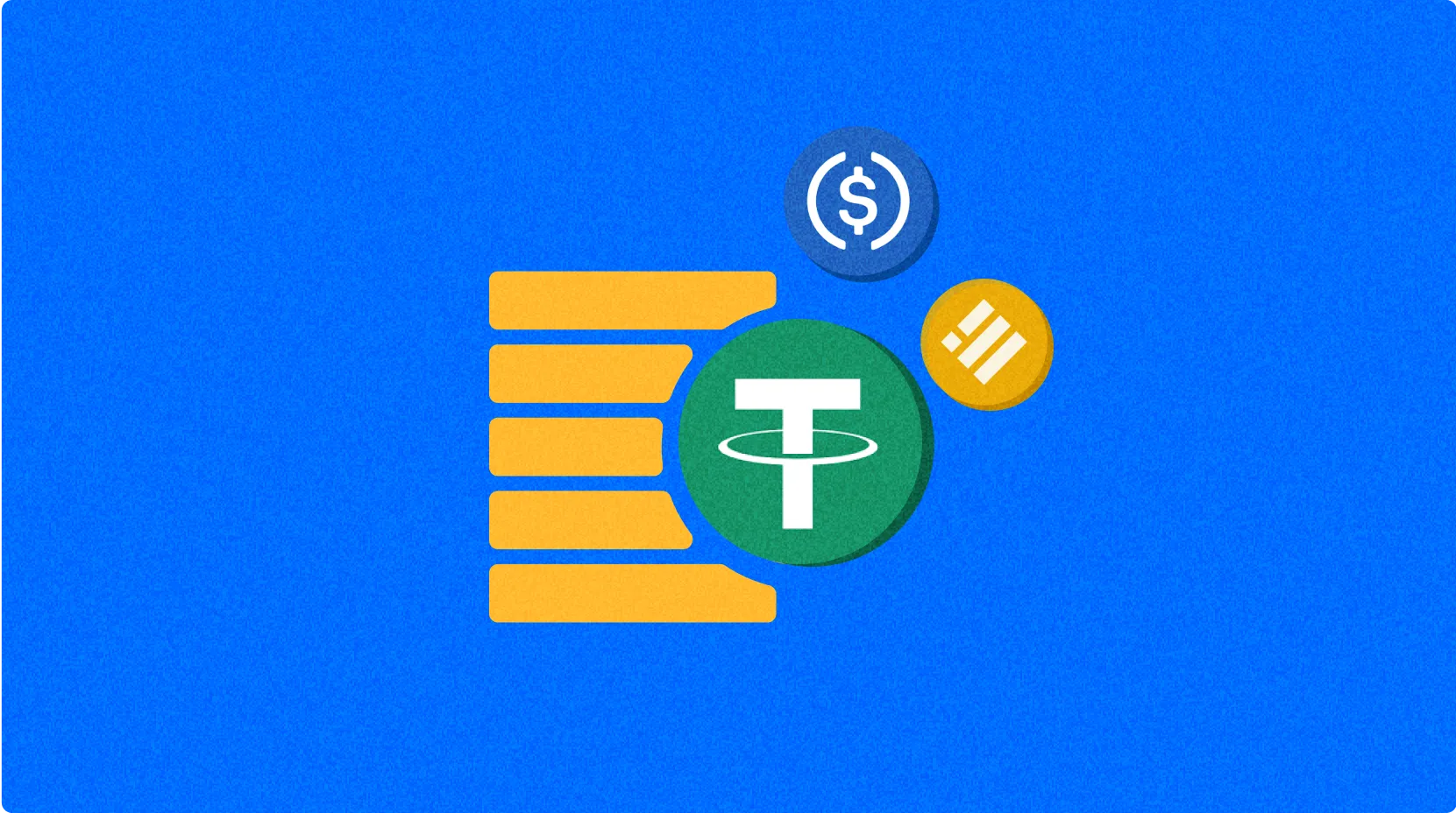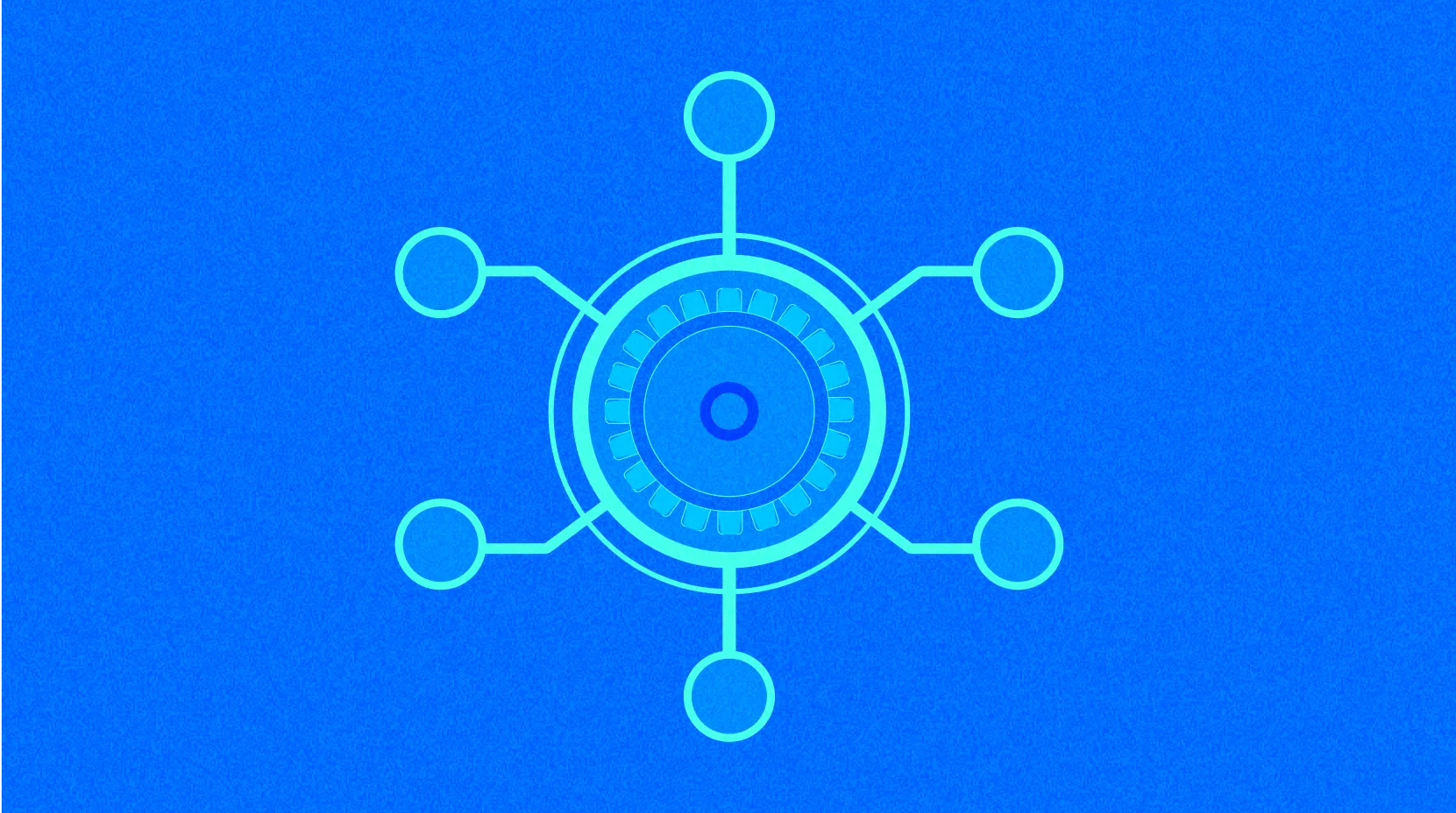DePINとは何ですか?DePINはどのように機能しますか?


デピンとは何ですか?
DePINは、Decentralized Physical Infrastructure Networksの略です。これは、様々なサービスに物理的リソースを活用するブロックチェーンベースのプロジェクトを表す用語です。DePINは、ブロックチェーン技術を活用して物理的インフラのための分散型ネットワークを作成することで、物理世界とデジタル世界の間のギャップを埋める役割を果たしています。これらのネットワークにより、個人はWi-Fiホットスポット、データストレージ、太陽光パネルなどの物理的リソースを提供し、その見返りに暗号通貨の報酬を獲得することができます。
DePINはどのように機能しますか?
DePINsは、ブロックチェーン技術と実世界の物理的インフラを組み合わせて共有された分散ネットワークを作成します。DePINsの動作の簡略化された説明は次のとおりです:
物理的なリソースの貢献: 個人は、Wi-Fiホットスポット、データストレージデバイス、またはエネルギーインフラなどの物理的なリソースをネットワークに貢献します。
ブロックチェーン調整ブロックチェーンネットワークは、これらの分散リソースを管理し調整し、透明性、セキュリティ、分散化を確保します。
トークン報酬: 貢献者は、リソースを共有することでトークンを獲得します。これらのトークンはネットワーク内で使用するか、暗号通貨取引所で取引することができます。
スマートコントラクト: スマートコントラクトは取引、報酬、契約を自動化し、中央当局の必要性を排除します。
エンドユーザーアクセス: ユーザーは、トークンで支払うか、場合によっては従来の支払い方法でこれらのサービスにアクセスできます。
DePINのカテゴリ
DePINネットワークは大きく2つのカテゴリに分類されます:
物理リソースネットワーク(PRNs): これらは原材料、輸送、または施設などの具体的な物理的リソースに焦点を当てています。
デジタルリソースネットワーク(DRNs):これらは、データ、ソフトウェア、または情報などの無形のデジタルリソースを管理します。
DePINの利点
DePINsは、従来の中央集権型インフラモデルに比べていくつかの利点があります:
強化されたアクセシビリティ: より多くの人々にリソースが利用可能になっています。
分散型マーケットプレイス: 一点の障害もなく、ダウンタイムのリスクを軽減します。
手頃な価格: クラウドソーシングされたリソースは、より手頃な価格で公正な価格設定のサービスにつながる可能性があります。
透明性: ブロックチェーン技術は、エコシステム内の透明性を確保します。
境界を越え、許可を得ない: DePINs can expand without government intervention, making them more flexible and scalable.
挑戦と制限
潜在的な利点にもかかわらず、DePINにはいくつかの課題があります:
セキュリティの懸念: スマートコントラクトはバグやハックの影響を受けやすいです。
トークン価格のボラティリティ: トークンの価値は変動する可能性があり、それがエコシステムの安定性に影響を与えることがあります。
技術的な専門知識: DePINネットワークの設定と参加には、技術的な知識が必要な場合があります。
デピンの未来
DePINsは、技術の実世界への適用可能性を実証することで、ブロックチェーン業界における重要な進歩を示しています。効率を向上させ、コストを削減し、個人やコミュニティが分散型ネットワークに参加して恩恵を受けることを可能にする革新的なソリューションを提供しています。技術が進化し続ける中、さらに多くのセクターがDePINモデルを採用する可能性が高く、さらなる成長と変革をもたらすでしょう。
DePINは、物理インフラストラクチャを分散型ネットワークと統合することで、ブロックチェーン技術の次なる進化を先駆けています。従来のインフラストラクチャ管理に対する分散型の代替手段を提供し、ブロックチェーン、トークン、スマートコントラクトを活用して、効率的で透明性のあるスケーラブルなソリューションを生み出します。DePIN技術はまだ初期段階にありますが、分散型インフラストラクチャの未来において重要な約束を持っています。

2025年に投資するためのトップ10のDePIN暗号資産プロジェクト

DePINプロジェクトに参加する方法

2025年のOnyxcoinのDAppsエコシステムはどのように見えますか?

2025年にRWA DePinプロトコルで収益を得る方法

TrendX(XTTA):AIとDePINを統合した革新的な投資プラットフォーム

ヘリウムモバイル:分散型ワイヤレスネットワークとトークンエコシステムの説明

DeFi分野で取引に最適な主要分散型プラットフォーム

オンラインでのBitcoin決済受け入れ:完全ガイド

クロスチェーン資産移転:Arbitrumへの接続方法ガイド

MetaMaskでPolygonを統合する手順:詳細ガイド

ハニーポットトークンの検出:主要ツールと戦略





